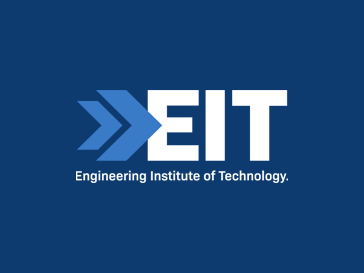The future of automation is set in stone. It seems clear that industrial robots will replace human beings on the assembly line inside most, if not all, factories in the future. Car manufacturers have already seen many of the tasks on the assembly line replaced by robots - tasks that, once upon a time, belonged to the human employee.
However, Ford Motor Company may have just prolonged the human employee’s stay on the assembly line with new exoskeleton technology.
EksoVest is a joint venture between Ford and California bionics company Ekso Bionics. The wearable technology is designed to decrease the likelihood of injury and fatigue for the assembly line worker. And it makes assembly workers a little stronger, too.

Image source: Ekso Bionics
The EksoVest is attached to the upper body of an employee who performs tasks on the undercarriage of Ford’s vehicles. Overhead work on the assembly line can be quite arduous work when done in long stretches of time.
The EksoVest takes some stresses off of the shoulders, and lessens fatigue. It can also help workers pick heavy equipment up, providing extra lift assistance of up to 15 pounds per arm. What was once science fiction has become science fact.
One of the assembly workers at Ford’s Michigan assembly said:
“Mo job entails working over my head, so when I get home my back, neck and shoulders usually hurt. Since I started using the vest, I’m not as sore, and I have more energy to play with my grandsons when I get home.”
Engineering health and safety
The most common injury on Ford’s assembly line, according to Ford’s ergonomics engineer Marty Smets, is to the workers’ shoulders. As a result, Ekso Bionics, with Ford’s cooperation, tested several prototypes with the assembly line staff until settling on a refined product that would be the best suited ‘wearable’ for its workers.
Russ Angold, the co-founder and chief technology officer of Ekso Bionics told Ford’s media wing:
“The end result is a wearable tool that reduces the strain on a worker’s body, reducing the likelihood of injury, and helping them feel better at the end of the day - increasing both productivity and morale.”
As factories of the future add more machinery, the health and safety of employees on the factory floor is increasingly at risk. Ford is dedicated to keeping the workplace safe for its workers, and now, with exoskeletons, workplace injuries may be avoided.
Ekso Bionics is passionate about lessening injuries across engineering industries. The company reports that the United States spends $21 billion a year on workplace-related injuries. They are continually developing wearables to counteract the effects of hard labour in engineering industries.
Works Cited
Carey;, Nick. “Ford, Ekso Team up for 'Bionic' Auto Workers.” Reuters, Thomson Reuters, 9 Nov. 2017, www.reuters.com/article/us-ford-ekso-workers/ford-ekso-team-up-for-bionic-auto-workers-idUSKBN1D93B0.
“Login.” Ford Pilots New Exoskeleton Technology to Help Lessen Chance of Worker Fatigue, Injury | Ford Media Center, media.ford.com/content/fordmedia/fna/us/en/news/2017/11/09/ford-exoskeleton-technology-pilot.html.
